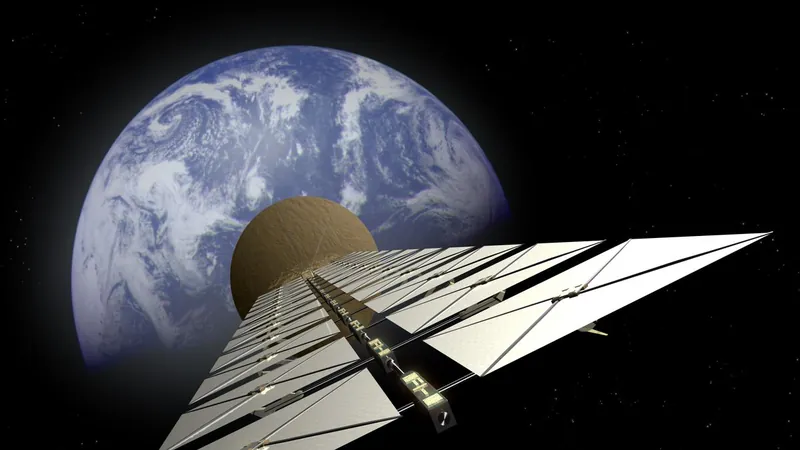
4 Groundbreaking Space Technologies That Could Change Our Future – Are We Ready for Liftoff?
2024-10-08
Author: Daniel
As World Space Week kicks off from October 4 to October 10, the spotlight is on how burgeoning space technologies are not just crucial for our cosmic explorations but also instrumental in combating climate change right here on Earth. While we have made significant strides on our home planet, it’s time to look at the ambitious technologies that could usher in a new era in our exploration and utilization of space.
In this article, we'll explore four revolutionary space technologies, the challenges they face, and rough timelines for their potential implementation. Keep in mind, while these dates aren’t set in stone, they provide a glimpse into the future possibilities stretching over the next hundred years.
Space Solar Farms: Energizing Our Planet (2040s-2050s)
Solar energy has emerged as a clean and renewable power source, accounting for just over 5% of global electricity. However, solar farms built in space could dramatically increase efficiency by harnessing sunlight free from atmospheric interference.
The Japanese Aerospace Agency (JAXA) is leading a project aiming for a solar farm capable of generating one gigawatt of energy, akin to a nuclear plant on Earth. However, the construction of such a facility poses daunting engineering challenges. To generate one gigawatt, enormous arrays, kilometers in size, would be needed.
Additionally, beaming this energy back to Earth presents its challenges. Current technology favors microwaves over lasers for energy transfer due to atmospheric absorption issues. However, precision targeting will be paramount—accidentally directing the beam could have catastrophic consequences!
The Concept of Space Elevators: A Tall Order (Late 21st Century)
Imagine traveling to space without the roar of rockets. The idea of a space elevator has been a staple of science fiction since its conception by Konstantin Tsiolkovsky. Essentially, a cable extending from the Earth's surface into space could allow for vehicles to climb skyward efficiently.
Realistically, the construction of this elevator hinges on developing materials like carbon nanotubes, which exhibit extraordinary strength. While progress in fabricating these materials is ongoing, the time frame for building such infrastructure may find its place in the latter half of the 21st century. Meanwhile, innovators are even considering building a lunar version of the space elevator, which could provide easier access to the moon, greatly reducing fuel needs for lunar missions.


 Brasil (PT)
Brasil (PT)
 Canada (EN)
Canada (EN)
 Chile (ES)
Chile (ES)
 España (ES)
España (ES)
 France (FR)
France (FR)
 Hong Kong (EN)
Hong Kong (EN)
 Italia (IT)
Italia (IT)
 日本 (JA)
日本 (JA)
 Magyarország (HU)
Magyarország (HU)
 Norge (NO)
Norge (NO)
 Polska (PL)
Polska (PL)
 Schweiz (DE)
Schweiz (DE)
 Singapore (EN)
Singapore (EN)
 Sverige (SV)
Sverige (SV)
 Suomi (FI)
Suomi (FI)
 Türkiye (TR)
Türkiye (TR)